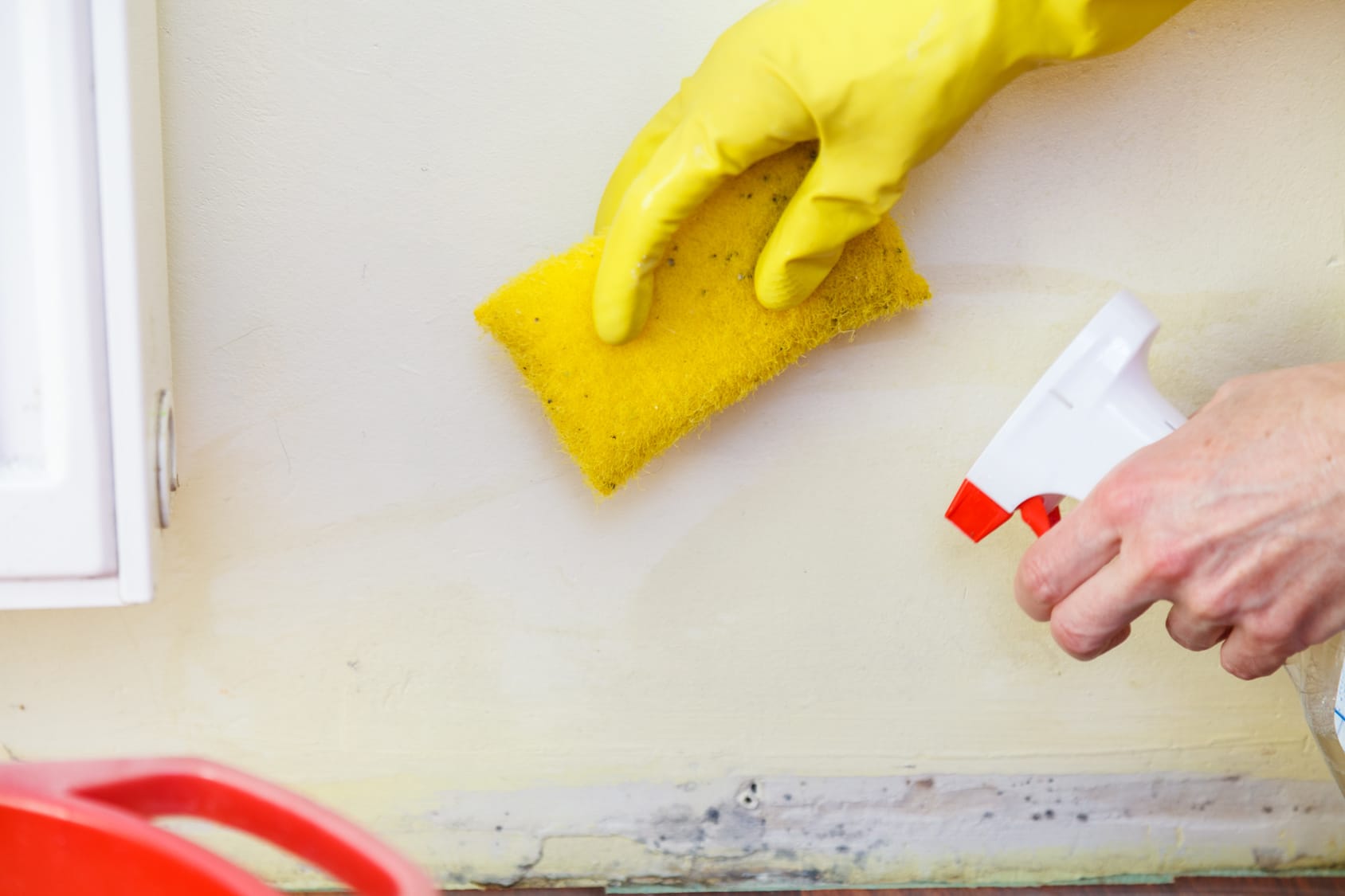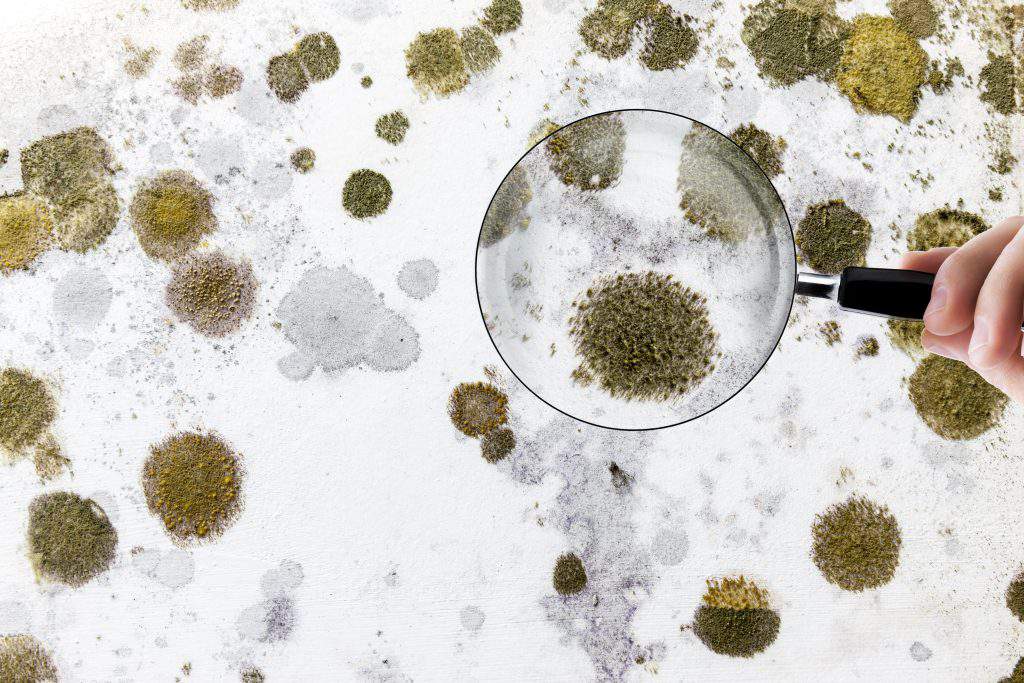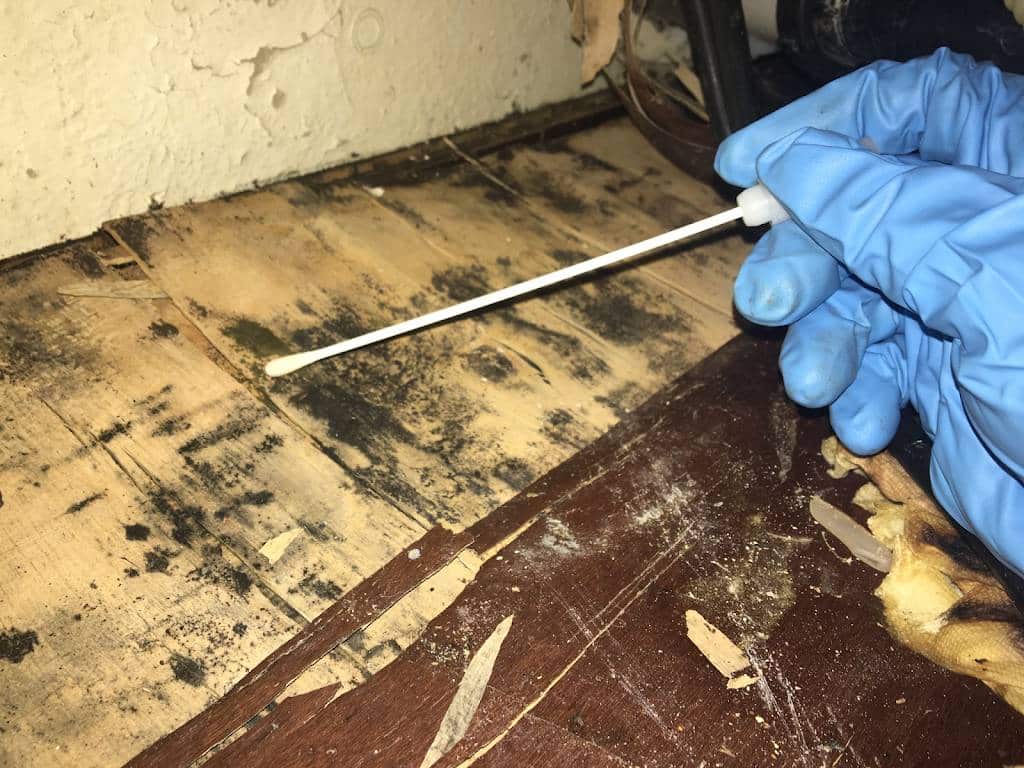Crafting a Comprehensive Post Mold Remediation Report
Wiki Article
Your Ultimate Guide to Post Mold And Mildew Removal Techniques
Browsing the world of post-mold remediation strategies is a careful process that requires attention to information and a detailed understanding of the ins and outs entailed. In the consequences of mold and mildew invasion, knowing how to successfully eliminate the mold and stop its reoccurrence is vital for preserving a healthy and balanced interior environment. From picking the ideal cleaning and decontaminating methods to implementing strategies for long-term mold prevention, each action in the removal journey plays an essential duty in making sure a successful end result. As we embark on this exploration of post-mold remediation techniques, we will certainly reveal the crucial strategies and ideal practices that can help you restore your space to its pre-mold problem and protect it versus future mold hazards.Understanding Post-Mold Remediation Process
After finishing the mold and mildew remediation procedure, it is important to comprehend the post-mold removal methods that are required to make sure a complete and effective clean-up. As soon as the mold has been gotten rid of, the following step entails cleansing and disinfecting the impacted locations to protect against any kind of regrowth of mold and mildew.
Additionally, conducting a last evaluation post-remediation is important to make certain that all mold has been efficiently removed. If the inspection reveals any remaining mold and mildew, additional remediation may be necessary.
Reliable Cleaning and Sanitizing Techniques

Preventing Future Mold And Mildew Growth

Importance of Proper Air Flow
Appropriate ventilation plays a vital role in avoiding moisture buildup, an essential aspect in mold development within indoor atmospheres. Efficient ventilation systems help remove excess humidity from After mold remediation the air, decreasing the possibilities of mold spores discovering the wetness they require to germinate and spread. Without appropriate ventilation, interior spaces can come to be a reproduction ground for mold and mildew, resulting in possible wellness risks and architectural damages.By making sure appropriate air flow, ventilation systems can likewise help in drying out damp locations a lot more promptly after water damage or flooding occurrences, additionally preventing mold and mildew development. testing air quality after mold remediation. Precede like bathrooms, attic rooms, kitchen areas, and cellars where moisture levels often tend to be greater, mounting and preserving reliable air flow systems is vital in preventing mold and mildew invasions

Monitoring and Maintenance Tips
Given the critical duty that correct ventilation plays in protecting against mold and mildew growth, it is important to develop effective monitoring and upkeep pointers to ensure the continued capability of air flow systems. Routine assessments of ventilation systems need to be performed to look for any type of indications of blockages, leakages, or breakdowns that could hinder appropriate air flow. Surveillance humidity levels within the home is additionally important, as high moisture can add to mold development. Setting up a hygrometer can aid track moisture levels and alert home owners to any type of spikes that may need interest. Furthermore, making sure that air filters are routinely cleaned or changed is crucial for maintaining the performance of the ventilation system. Applying a routine for routine maintenance tasks, such as duct cleansing and HVAC system examinations, can aid avoid concerns before they rise. By staying attentive and positive to the problem of air flow systems, property owners can effectively alleviate the threat of mold regrowth and keep a healthy and balanced indoor setting.
Final Thought
Finally, post-mold remediation strategies are crucial for ensuring a safe and tidy environment. Comprehending the process, applying reliable cleansing and sanitizing methods, preventing future mold and mildew development, keeping appropriate ventilation, and routine monitoring are all critical actions in the remediation process. By complying with these guidelines, you can successfully remove mold and mildew and avoid its return, promoting a healthy living or working space for all owners.In the consequences of mold and mildew problem, understanding how to successfully eliminate the mold and mildew and stop its reoccurrence is extremely important for keeping a healthy indoor environment. Once the mold and mildew has actually been removed, the following step involves cleaning and decontaminating the affected locations to stop any regrowth of mold and mildew - testing air quality after mold remediation. After eliminating visible mold and mildew development, it is critical to clean up all surface areas in the damaged location to get rid of any type of remaining mold and mildew spores. To additionally enhance mold and mildew prevention actions, it is necessary to resolve underlying concerns that originally led to mold and mildew development.Offered the essential duty that appropriate ventilation plays in preventing mold development, it is necessary to develop efficient tracking and maintenance suggestions to ensure the continued capability of ventilation systems
Report this wiki page